[go-to basic recipe]
fish
fish is a lean option for protein, perfect for weeknights because it cooks fast. here are four ways to prepare it, plus toppings.
Roasted Fish
start to finish 20 minutes
- 1 lb. fresh or frozen skinless fish fillets, ½ to ¾ inch thick
- Salt and black pepper
- Nonstick cooking spray
1. Thaw fish if frozen. Pat dry with paper towels. Cut fish into four serving-size pieces if necessary. Measure thickness of fish. Season with salt and pepper.
2. Preheat oven to 450°F. Line a 15×10-inch baking pan with foil; coat with nonstick cooking spray. Arrange fish in pan. Bake 4 to 6 minutes per ½-inch thickness of fish or until fish flakes easily.
Makes 4 servings (1 piece each).
each serving 147 cal., 6 g fat (1 g sat. fat), 65 mg chol., 131 mg sodium, 0 g carb., 0 g fiber, 0 g sugars, 22 g pro.

fish cuts
Know these terms for buying fish.
PAN-DRESSED
Ready-to-cook whole fish with organs, fins, scales, gills, head, and tail removed.
STEAK
A ready-to-cook crosscut slice from a large fish (like salmon).
FILLET
A ready-to-cook boneless piece of fish cut from the side and away from the backbone; it might or might not be skinned.
choosing
Before you buy seafood, check out the recommendations from Monterey Bay Aquarium’s Seafood Watch (download the app at seafoodwatch.org). You’ll find seafood options that are sustainable and environmentally responsible.
shopping
Pick the freshest fish possible. Here’s what to look for when you’re making your selections: clear eyes (in whole fish), firm flesh that springs back when pressed, and fresh and mild scent (not fishy or sour). When you grab a package of frozen fish, it should be frozen solid.
preparing
If frozen, transfer fish to a resealable plastic bag and submerge in cold water to thaw (tip). Don’t thaw fish in unopened Cryovac packages. We recommend not rinsing the fish unless you need to rinse off any scales (do it in cold water). Pat dry with paper towels.
flavored butters
Roll one of these softened butters into a log, chill, and, just before serving, place a slice on hot fish to melt.
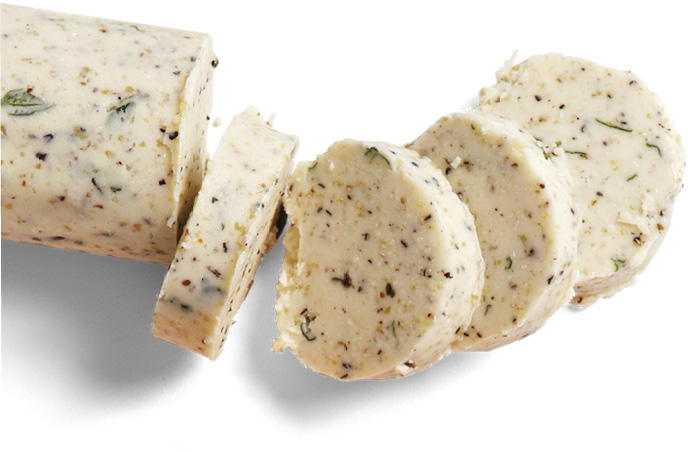
HERBED GARDEN BUTTER
Add 1 Tbsp. herbed pepper seasoning blend, 1 Tbsp. fresh lemon juice, and 1 Tbsp. desired chopped fresh herbs (such as thyme and dill) to ½ cup softened butter.
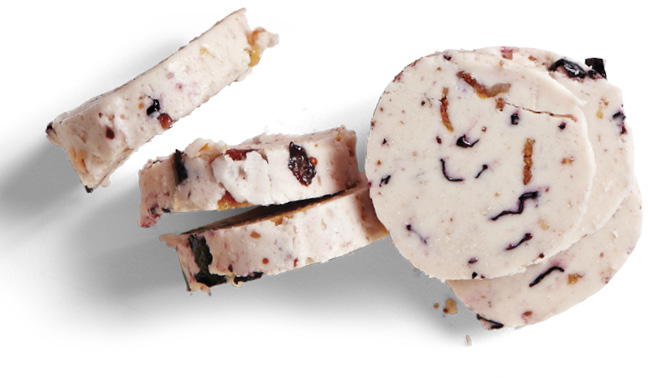
MAPLE-BACON-BLUEBERRY BUTTER
Add 1 slice finely chopped crisp-cooked bacon, 2 Tbsp. maple syrup, and 2 Tbsp. mashed blueberries to ½ cup softened butter.
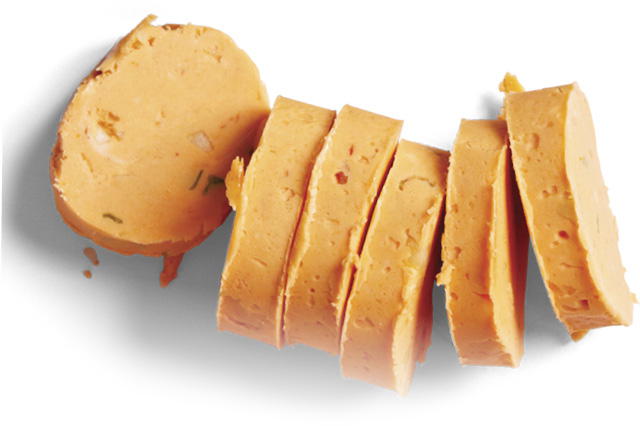
GARLICKY TOMATO BUTTER
Add 1 Tbsp. tomato paste, 1 tsp. finely chopped green onion, and 1 tsp. roasted minced garlic to ½ cup softened butter.
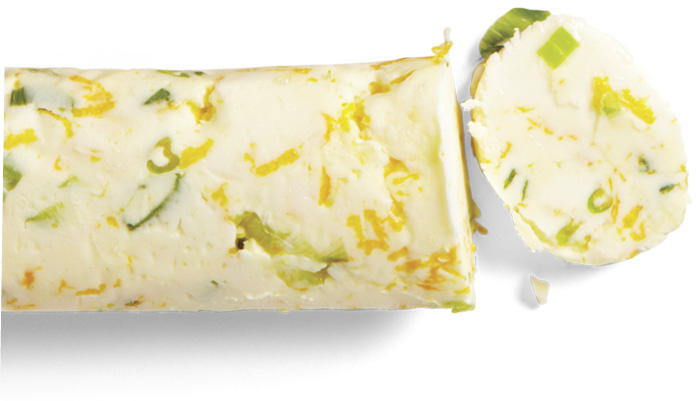
CITRUSY BUTTER
Add 1 Tbsp. orange zest, 1 Tbsp. fresh orange juice, and 1 Tbsp. finely chopped green onion to ½ cup softened butter.
poachING
To poach fish, start by thawing four 5- to 6-oz. (¾ to 1 inch thick) fish fillets (salmon, cod, or haddock) if frozen. Add 1 cup water to a 10-inch nonstick skillet (if desired, replace some of the water with freshly squeezed orange, lime, or lemon juice). Bring to boiling; add fish. Reduce heat to medium. Simmer, covered, 8 to 12 minutes or until fish flakes easily.
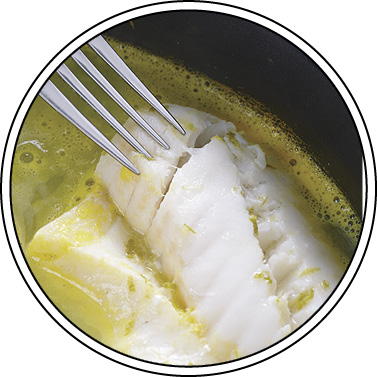
You’ll know the fish is done when it starts to flake when tested with a fork. Start checking at the minimum timing to avoid overcooking.
broiling
To broil, thaw fish if frozen. Pat dry with paper towels. Preheat broiler. Arrange fish on the unheated greased rack of a broiler pan (or an oven-safe rack set over a baking pan). Broil 4 inches from heat 4 to 6 minutes per ½-inch thickness of fish or until fish flakes easily.

skillet cooking
To pan-sear, thaw fish and pat very dry with paper towels (to prevent splattering). Heat 1 Tbsp. butter and 1 Tbsp. vegetable oil in a 12-inch skillet over medium-high heat until butter melts. Add fish to skillet. Cook 4 to 6 minutes per ½-inch thickness of fish or until fish flakes easily, turning once.
